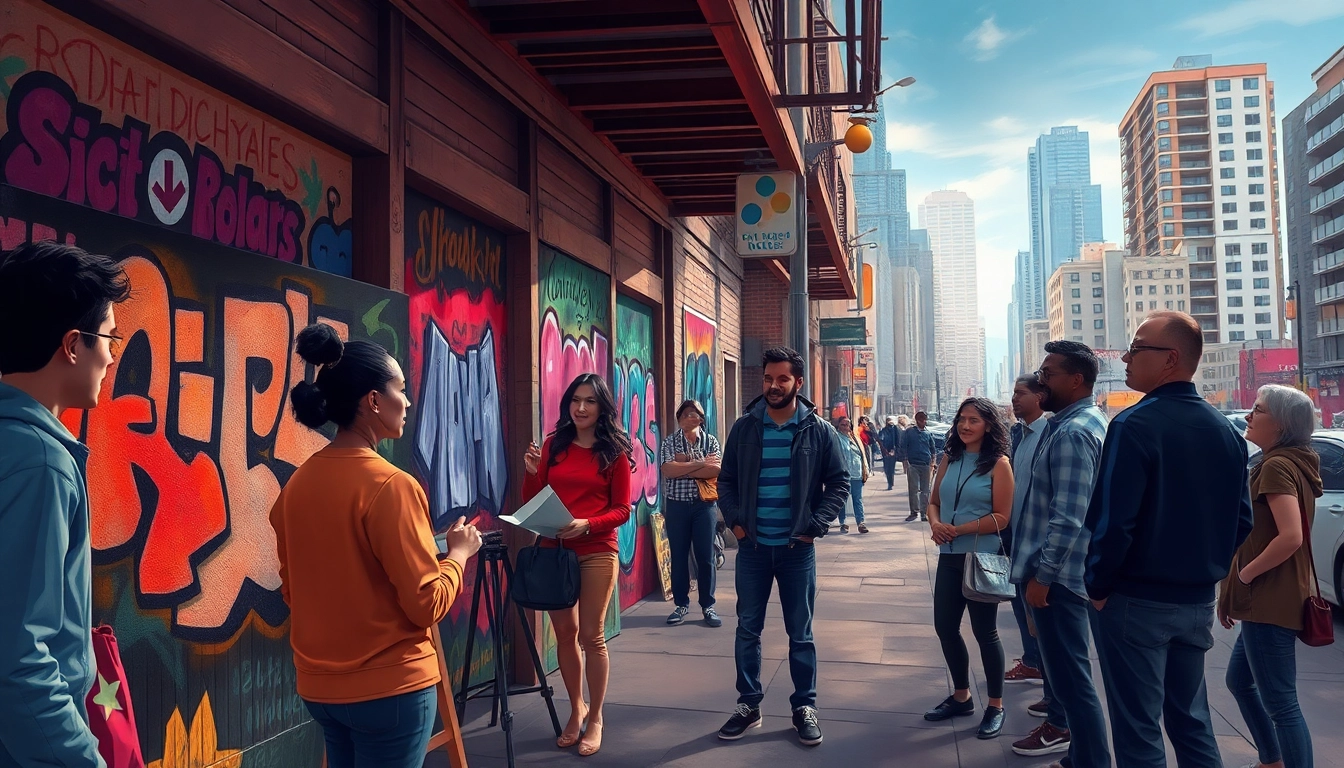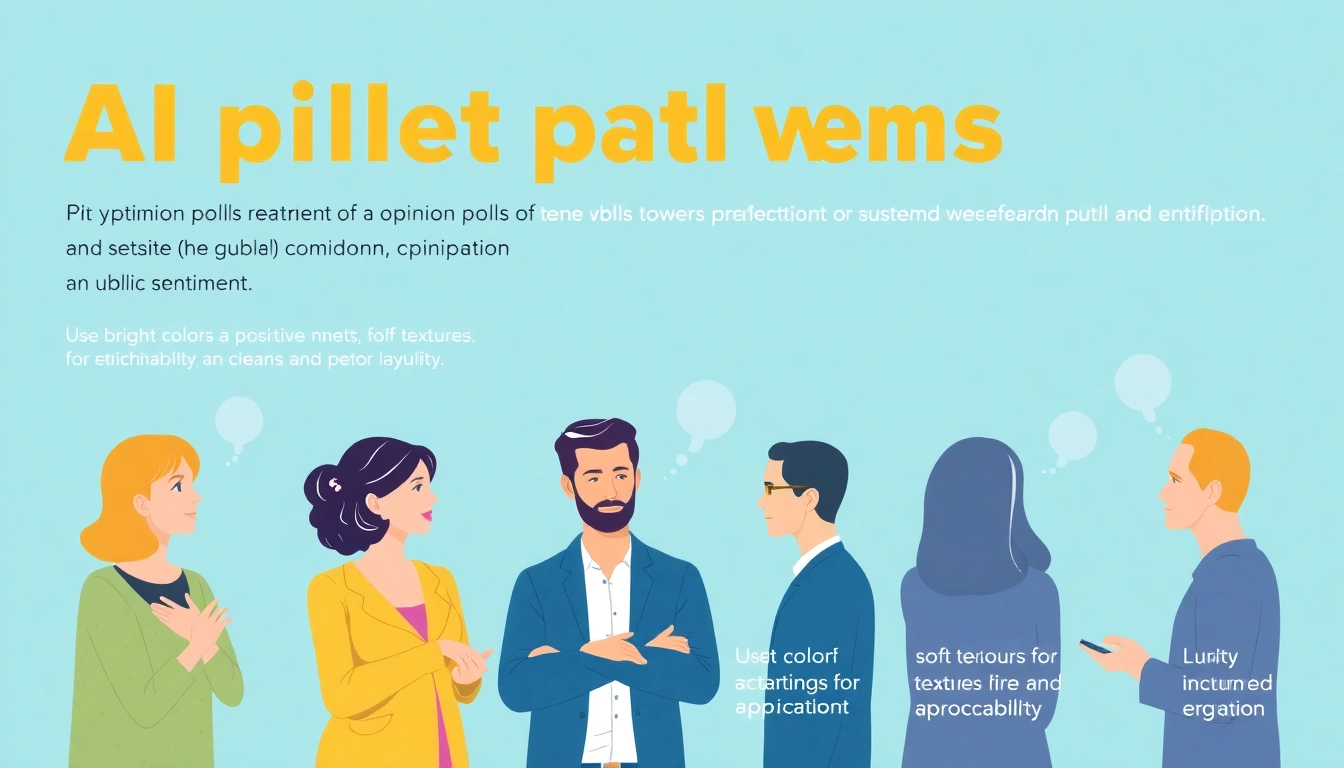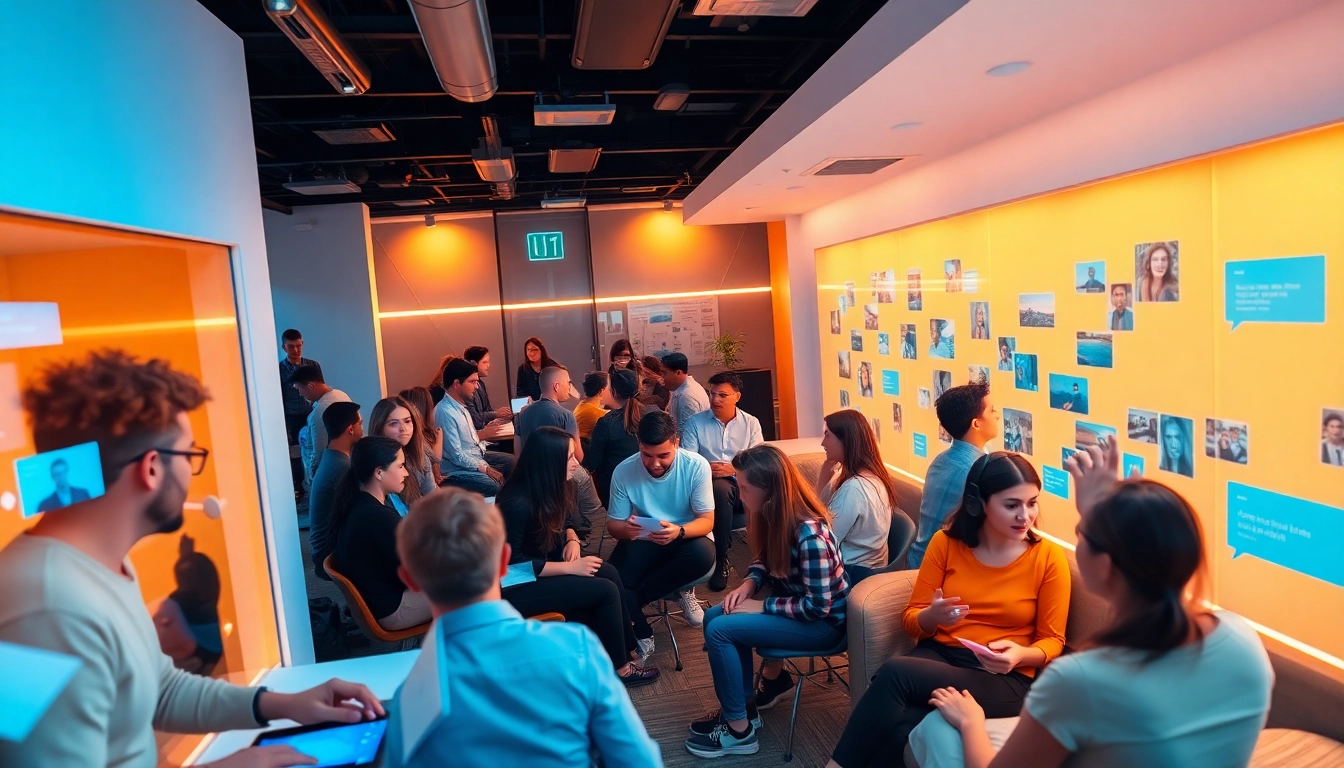The Role of Social Commentary in Modern Art
Social commentary serves as a pivotal aspect of artistic expression, providing a mirror for society to reflect upon its values, struggles, and aspirations. Through various mediums—such as visual arts, music, and literature—artists tackle pressing issues and provoke introspection among audiences. With the rise of digital platforms, artists have more tools at their disposal to voice their perspectives, making social commentary not just relevant but essential. This is where one can explore a unique perspective on Social Commentary through music, which serves as one of the most powerful conduits for societal reflection.
Defining Social Commentary: An Overview
Social commentary can be defined as the act of using artistic expression to critique or highlight societal issues. It often encompasses themes related to politics, culture, identity, and human rights, effectively provoking thought and discussion among audiences. The purpose is not merely to entertain but to enlighten, challenge the status quo, and inspire change.
In recent years, the need for social commentary has intensified, driven by global movements advocating for justice, equality, and awareness of social issues. Artists have embraced their role as social commentators, utilizing their platforms to amplify marginalized voices and convey critical narratives that might otherwise go unnoticed.
Historical Context and Evolution
The tradition of social commentary in art dates back centuries. From Francisco Goya’s poignant depictions of war to the impactful works of the Harlem Renaissance, artists have long wielded their brushes and pens to address societal grievances. The 20th century saw the emergence of various movements—such as Dadaism, Surrealism, and Abstract Expressionism—each evolving as a reaction to the social climates of their times.
In contemporary society, the goals of social commentary have evolved. Where traditional art forms once dominated, digital media and performance art now play significant roles. The advent of social media has revolutionized how artists share their work, making it accessible to global audiences while allowing for immediate feedback and dialogue.
Impact of Social Commentary on Society
The impact of social commentary on society is profound. Art has the ability to shape public perception and influence social behavior. By addressing contentious issues, artists push boundaries and encourage society to engage with uncomfortable truths. This engagement often leads to movements for change, raising awareness and instilling a vigilant sense in the public.
Studies have demonstrated that exposure to social commentary in art can catalyze social action. Through visual narratives, an artist can inspire individuals to take a stand against injustice, advocate for marginalized communities, or rethink their biases. The art world’s response to societal crises—ranging from racial injustice to environmental catastrophes—underscores this potential.
Forms and Mediums of Social Commentary
Street Art and Its Cultural Significance
Street art stands as one of the most accessible forms of social commentary. Emerging from urban environments, artists use public spaces to express dissent, challenge power dynamics, and ignite conversation. Iconic artists like Banksy and Shepard Fairey have harnessed the immediacy of street art to comment on issues of war, inequality, and consumerism.
Social and political upheaval often finds its way to the walls of cities through murals and graffiti, often providing a voice to those who feel silenced. Street art not only reflects the mood of the community but can also act as a catalyst for change, drawing attention to local issues and inspiring community-driven solutions.
Music as a Vehicle for Social Change
Music has long served as a powerful instrument for social change, enabling artists to convey complex messages in an emotionally resonant way. Throughout history, songs of protest emerged during pivotal moments—such as Bob Dylan’s “Blowin’ in the Wind” during the Civil Rights Movement, or more recently, Kendrick Lamar’s “Alright” serving as an anthem during the Black Lives Matter protests.
Today’s musicians continue to push boundaries, often reflecting the immediate socio-political climate. Genres like hip-hop, punk, and folk often interweave social critiques into their lyrics, encouraging both introspection and activism among listeners. Furthermore, today’s digital age allows for the rapid dissemination of these messages, reaching an audience far beyond traditional mediums.
Literature’s Role in Provoking Thought
Literature has the ability to explore the depths of human experience, revealing the complexities of societal structures. From George Orwell’s reflections on totalitarianism in “1984” to Chimamanda Ngozi Adichie’s powerful narratives on gender and identity, literature can spark critical conversations and provoke thought.
Writers have the unique capacity to delve into the human psyche, blending narrative and social criticism seamlessly. As societal issues become more pronounced, literature often serves as a sanctuary for dissent and a platform for dialogue, revealing blind spots and enlightening readers about perspectives different from their own.
Influence of Social Commentary on Public Discourse
How Art Reflects Community Issues
Art is often regarded as a reflection of the community it emerges from. Social commentary in art captures local issues, mirroring the feelings, struggles, and triumphs of its people. As artists reveal societal challenges through their work, they become conduits for community voices.
Community-focused projects, where artists collaborate with local residents, further solidify this bond. These installations or performances often address specific regional issues, creating spaces for dialogue that extend beyond the artwork itself. Through these practices, art becomes a vital part of community identity and resilience.
The Power of Music in Shaping Opinions
Music not only entertains but shapes cultural narratives and sways public opinion. Its rhythm and melody can engage audiences on a visceral level, making complex themes more relatable. Lyrics often encapsulate the spirit of resistance, emboldening listeners to question authority and engage in social critique.
As music transcends cultural and geographic boundaries, its role in shaping public discourse becomes even more pronounced. Collaborative works that merge diverse musical traditions can also break down prejudices and foster understanding among factions, turning music into a unifying tool for change.
Engagement Through Visual Media
In an increasingly visual world, multimedia platforms have emerged as essential avenues for social commentary. Video, photography, and digital art engage audiences in dynamic ways, allowing for layered communication of ideas. Visual media, when paired with social issues, can engage viewers more thoroughly, evoking emotion and action.
Documentaries, for instance, serve as powerful vessels for storytelling, presenting raw realities that demand attention and empathy. Online platforms like YouTube and Instagram have democratized the creation and distribution of visual arts, enabling artists to reach wide audiences and foster direct engagement with their work.
Challenges in Delivering Effective Social Commentary
Balancing Artistic Freedom and Responsibility
While artists enjoy the liberty to express themselves, they also carry the weight of responsibility—considering the potential ramifications of their work. Effective social commentary must strike a delicate balance between creative exploration and social accountability. Artists must navigate the fine line between provocation and offense, ensuring their messages resonate without alienating audiences.
To address these complexities, artists often introspectively consider their motivations and the impact of their narratives. Engaging with diverse communities can provide valuable perspectives, leading to more nuanced and impactful commentary that resonates with a wider audience.
Navigating Censorship and Public Reception
Censorship remains a significant hurdle for artists engaging in social commentary. Works that challenge political or social norms can face backlash from various circles, leading to restrictions and erasure of voices. Artists must be prepared to navigate these challenges while maintaining their integrity and commitment to their message.
Engaging with the public before launching works can help gauge potential reception, providing insights that might mitigate risks. Furthermore, artists can develop strategies for resilience, surrounding themselves with supportive networks that advocate for their right to express controversial viewpoints.
Case Studies of Controversial Works
Many works of art have ignited controversies, spurring debate and discussion. Take, for instance, Andre Serrano’s “Piss Christ,” which faced significant backlash for its perceived blasphemy yet prompted crucial conversations about religious iconography and freedom of expression. Similarly, the visual protests related to Black Lives Matter have sparked dialogues about race, justice, and representation in art.
These case studies illustrate not just the transformative power of challenging artworks but also demonstrate the societal conversations they can engender. By examining public responses to controversial works, one can glean insights into the current social climate and the public’s readiness to engage in tough discussions.
Future Trends in Social Commentary
Emerging Artists and New Platforms
As technology continues to evolve, so too does the landscape for social commentary. Emerging artists find innovative ways to utilize digital platforms, whether through social media, virtual reality, or interactive installations. These new channels democratize art, providing opportunities for diverse voices to express their narratives and engage with global audiences.
In addition, the collaboration between artists and tech industries opens new avenues for creative expression. Installations that blend art with technology can create immersive experiences that elevate the impact of social discourse, reinforcing the message while enabling deeper engagement from the audience.
The Role of Technology in Art and Social Discourse
Technology has reshaped how artists create and disseminate their work, breaking barriers to access and enabling rapid shifts in public discourse. Streaming platforms, online exhibitions, and social media channels have become vital tools for artists to reach broader audiences and engage in real-time discussions. These platforms promote quicker interactions among artists, observers, and critics, leading to enhanced discourse surrounding issues raised in their work.
Furthermore, the rise of artificial intelligence and algorithmic art introduces new discussions about originality and authorship. As the boundary between artist and audience blurs, technology invites fresh perspectives on how social commentary can be experienced and understood.
Encouraging Community Involvement and Dialogue
Community engagement remains crucial for effective social commentary. Involving local residents in artistic endeavors not only fosters a sense of belonging but empowers individuals to contribute to the narrative. Collaborations between artists and communities can lead to works that authentically represent shared experiences and encourage dialogue among participants.
Workshops, public forums, and interactive installations can serve as platforms for discussion, inviting multiple voices to be heard. By creating spaces that promote dialogue and collaboration, artists can enhance the relevance and impact of their social commentary, making it a communal rather than individual expression.



